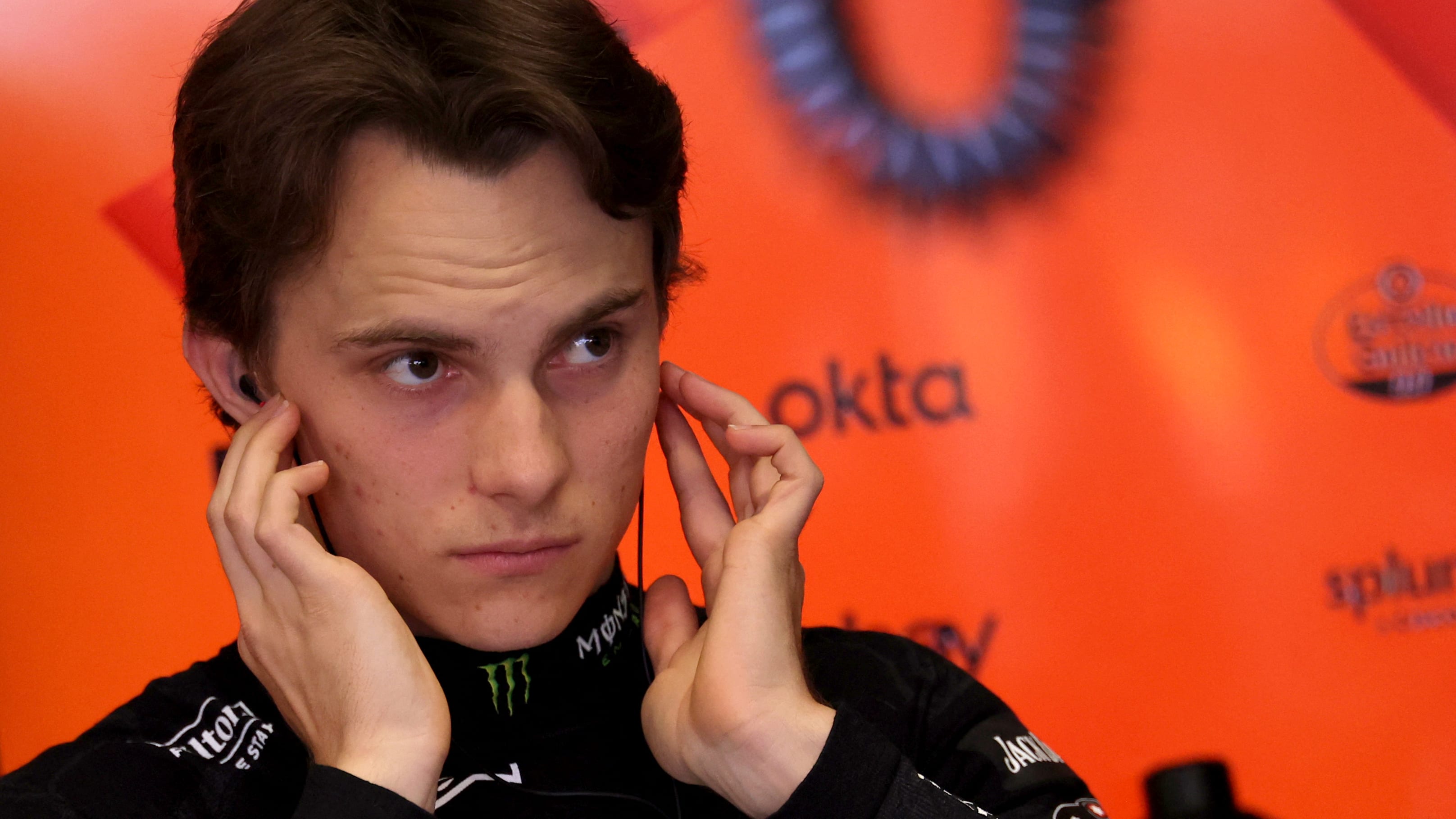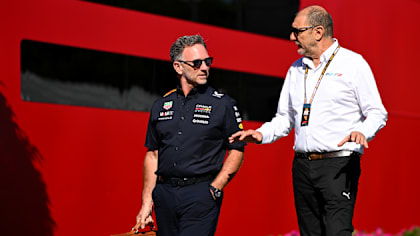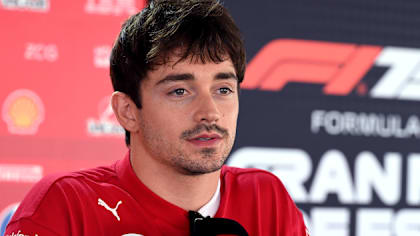
Technical
TECH TUESDAY: How Ferrari's Mexico City brake experiment gave us a glimpse of F1's future

Share

Mark Hughes looks at the late-season updates introduced by Ferrari that were evident in the Mexico City Grand Prix, with technical illustrations from Giorgio Piola.
At this stage of the season aerodynamic development programmes on the cars have all been switched off. But that doesn’t stop the teams from continuing to expand their understanding.
READ MORE: 10 things you need to know about the all-new 2022 F1 car
Mexico last weekend saw Ferrari introduce a new front brake duct assembly, which is a prototype for the 2022 regulations. The major intent of those regulations is to tidy up the aerodynamic wake from the cars, creating less disturbance in the air and making it easier for the car behind to follow closely and attempt overtaking moves.
As part of this, the regulations have effectively outlawed the blown wheels which currently direct the air from the brake ducts and through the wheels in a way which enhances the flow and helps create more downforce, but in so doing creates further turbulence in the air passing over the car.
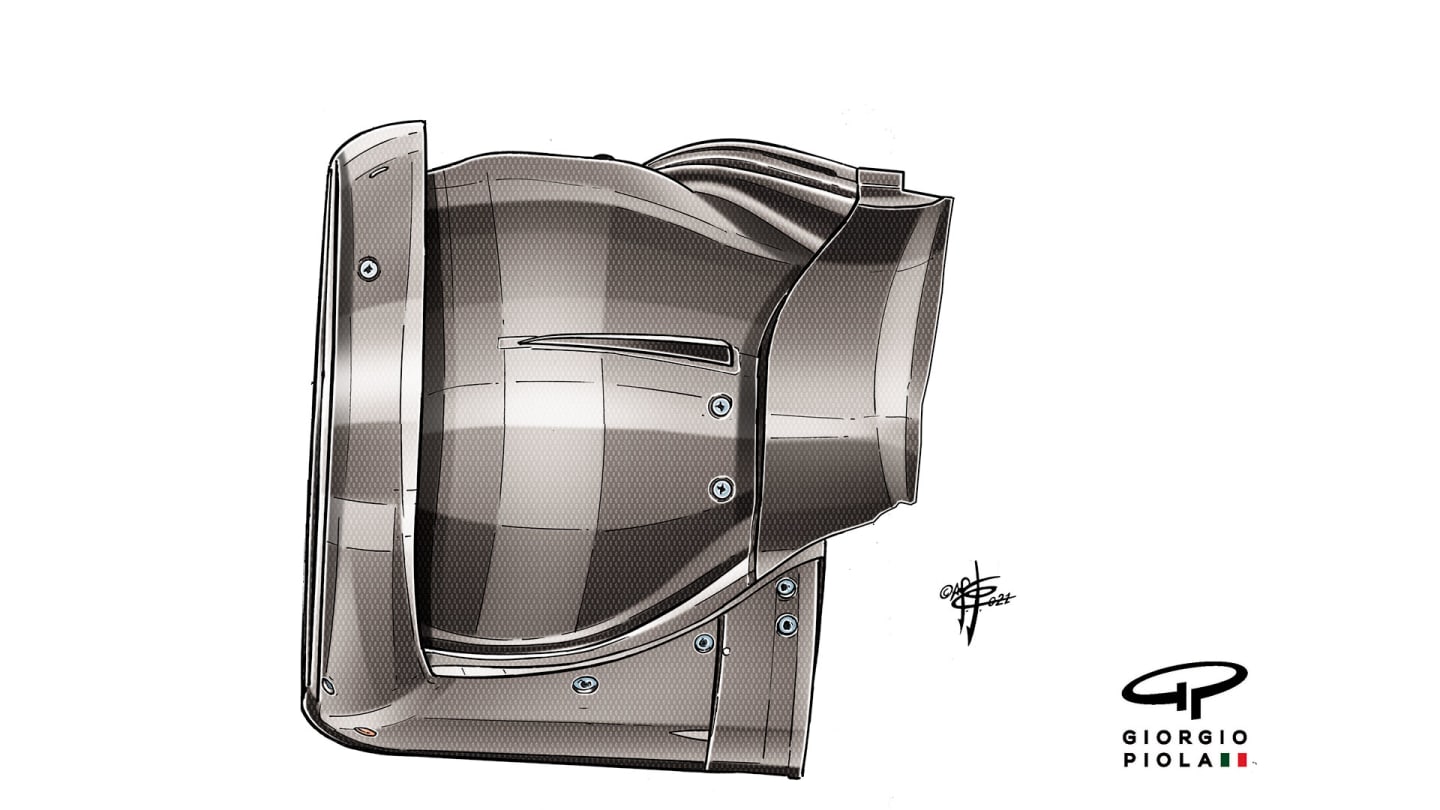
The 2022 brake duct with the much-restricted apertures as demanded by the regulations.
Blown axles used to do this until their ban in 2019. So, aerodynamicists found a way of using the wheel hub design to do the same thing. For next year, the wheels must have a blanking cover which will make this practice impossible.
As part of closing off that avenue of development, the regulations also restrict the size of any openings there can be in the brake ducts. This brings with it a challenge in ensuring the brake ducts can still adequately do their primary job of cooling the brakes.
READ MORE: 10 things you need to know about the all-new 2022 F1 car
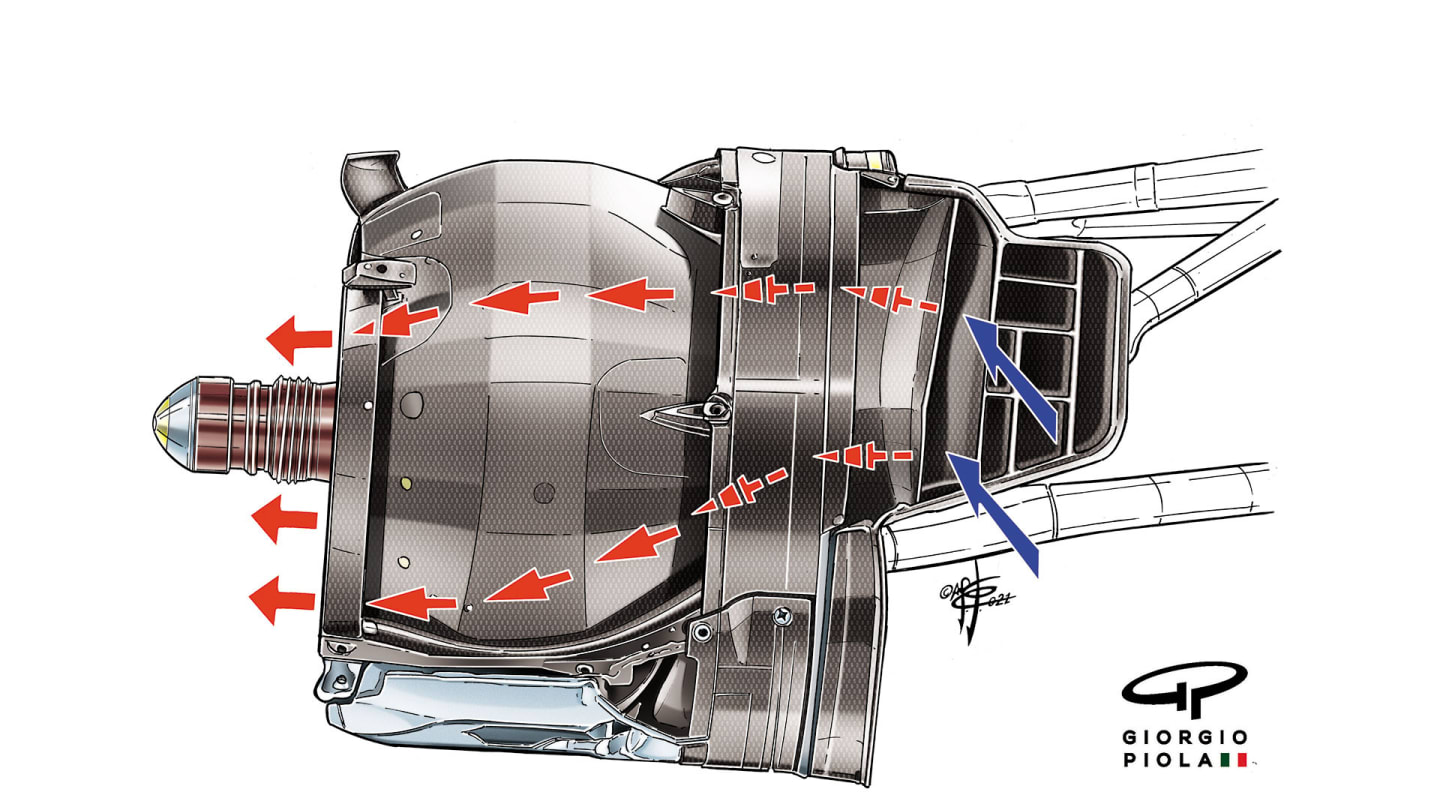
Standard 2021 Ferrari brake duct with blue arrows showing the inlet for the cooling air for calipers and disc with red arrows showing the air going between the ‘cake tin’ shroud and the wheel which is used to help control tyre temperatures.
Mexico, with its high-altitude thin air, represents the biggest brake cooling challenge of the year – and so last weekend represented a perfect ‘worst case scenario’ experiment to see if the brakes could still be adequately cooled using the ’22 limitation on the size of the openings. Representatives from the brake supplier Brembo were on hand to help conduct the experiment.
WATCH: How does Mexico City's high altitude affect an F1 car?
For the first practice session, Charles Leclerc ran the standard 2021 brake ducts, with Carlos Sainz on the 2022 version, which had the restricted openings for cooling but still the ’21 aero effect.
The team were delighted to find that the ’22-spec brakes behaved perfectly, with fully adequate cooling levels. They were used on both cars for the rest of the weekend.
YOU MIGHT ALSO LIKE
News Horner pledges ‘100% commitment’ to Red Bull amid rumours of Ferrari approach for team boss role
News Leclerc explains why Ferrari need to ‘reset expectations’ for Barcelona despite positive Monaco weekend
Feature SPANISH GRAND PRIX – Read the all-new digital race programme here
News Russell ‘in a good place’ after ‘decent’ Friday for Mercedes in Spain despite concern over long-run pace
